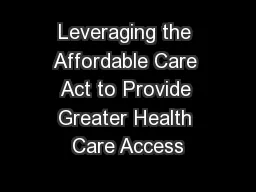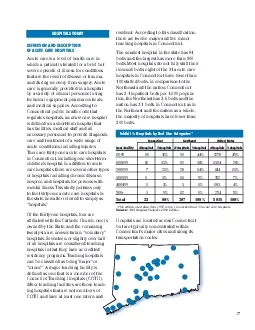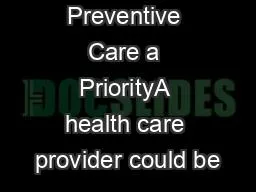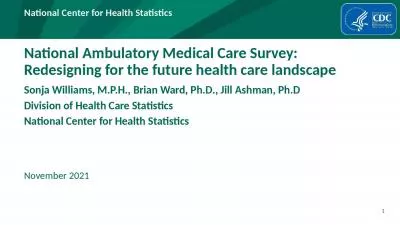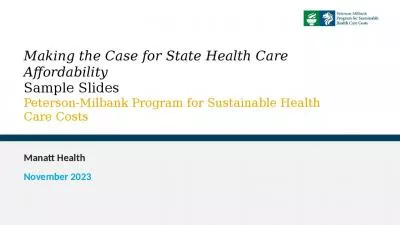PPT-The US Health Care System,
Author : alida-meadow | Published Date : 2018-10-13
Recent Reforms Randall P Ellis PhD Department of Economics Boston University April 3 2017 Why listen to an American professor talk about health care and innovation
Presentation Embed Code
Download Presentation
Download Presentation The PPT/PDF document "The US Health Care System," is the property of its rightful owner. Permission is granted to download and print the materials on this website for personal, non-commercial use only, and to display it on your personal computer provided you do not modify the materials and that you retain all copyright notices contained in the materials. By downloading content from our website, you accept the terms of this agreement.
The US Health Care System,: Transcript
Download Rules Of Document
"The US Health Care System,"The content belongs to its owner. You may download and print it for personal use, without modification, and keep all copyright notices. By downloading, you agree to these terms.
Related Documents


